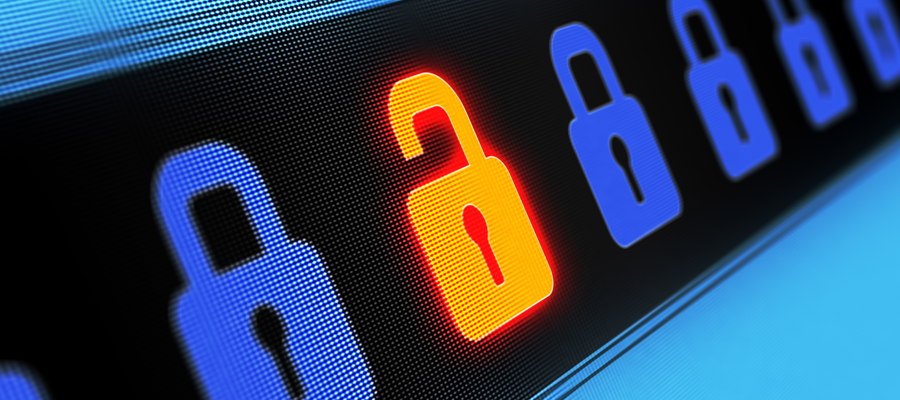
Cybercrime is a growing issue with 42% of small businesses experiencing a cyberattack within the last year. Even more troubling is that 69% are worried about a future incident. As attacks become more sophisticated, these numbers will only get more alarming. Cyber insurance enables businesses to protect themselves against the financial repercussions of security breaches and incidents.
While some of the most frequent claims for cyber insurance are hacking, phishing, and employee negligence, ransomware is the leading cyber insurance claim. The average ransomware attack cost is $4.62 million without even including an actual ransomware payment. The cost of ransomware can cause lasting damage to businesses and even force them to close their doors, so how do you protect yourself from ransomware?
Cybersecurity Insurance and Ransomware Coverage
Unfortunately, many cybersecurity insurance policies provide limited ransomware coverage. The key to preventing an attack in the first place is to understand what ransomware is and how to prevent it.
Ransomware is a type of malware that blocks access to a system, device, or file until a monetary sum is paid. Files are encrypted, and attackers will probably threaten to erase files or restrict system access indefinitely, making it impossible for a business to operate. This is especially damaging when a ransomware attack targets a hospital, emergency call centers, and other critical infrastructure.
Proper defense against ransomware requires a holistic, all-hands-on-deck approach that brings together your entire organization. Here are seven ways organizations can mitigate the risk of ransomware.
How to Mitigate Ransomware
1. Develop Plans and Policies
Don’t be unprepared when disaster strikes. Create a disaster response plan to help restore operations as quickly as possible and bolster cybersecurity commitments throughout the business.
2. Maintain Backups
Backups are critical in restoring business function, especially in ransomware. Proactive, regular backups to a secure third-party vendor can be the difference in restoring an entire organization and reducing downtime.
3. Harden Endpoints
Tighten up endpoint security, especially as employees work from multiple devices in multiple locations outside of physical office space. Endpoints like laptops, computers, and mobile devices can offer easy access points for hackers if left unsecured.
4. Keep Systems up to Date
When platforms and programs run outdated software, they’re increasingly vulnerable to ransomware attacks. Regular updates keep systems running the latest security protections, patching bugs, and vulnerabilities.
5. Security Awareness Training
88% of data breaches are caused by human error. Often because an employee clicked on a suspicious link. While employees can be your greatest security risk, they can also be a great first line of defense if armed with the right information. Security training teaches employees best practices and helps keep cybersecurity top of mind all year long, helping save your business thousands of dollars.
6. Implement MDR
Managed Detection Response (MDR) takes a proactive approach to monitoring and investigating any potential threat. It combines human analysis with technology to respond quickly to threats and mitigate business downtime.
7. Consider Cloud Technologies
Cloud solutions can offer an added layer of protection against ransomware, automatically detecting abnormal file access or unusual activity. It can quickly block access, preventing ransomware from spreading.
How to Mitigate Ransomware With TPx
First, take advantage of TPx’s cybersecurity risk calculator to understand your level of risk. Next, do a deeper dive into your business’s unique vulnerabilities with our Security Advisory Services and assessments. Then, make informed decisions with confidence once you know your highest priority items regarding cybersecurity protection.
While cyber liability insurance is important to have in the event ransomware strikes, you ultimately need the right cybersecurity services in place to make sure a ransomware attack doesn’t have a catastrophic impact on your business. Contact a TPx representative today to learn how we can help protect your business against ransomware.
